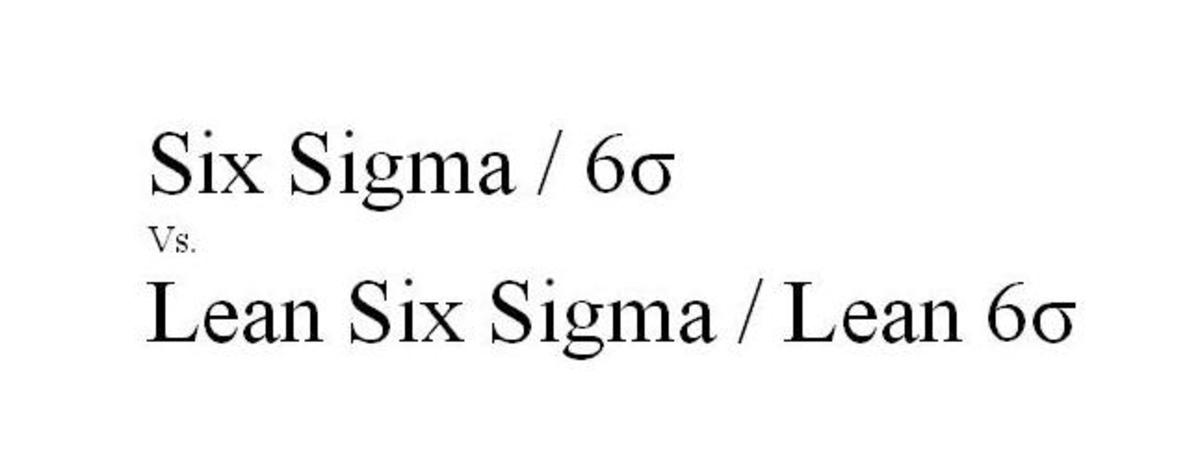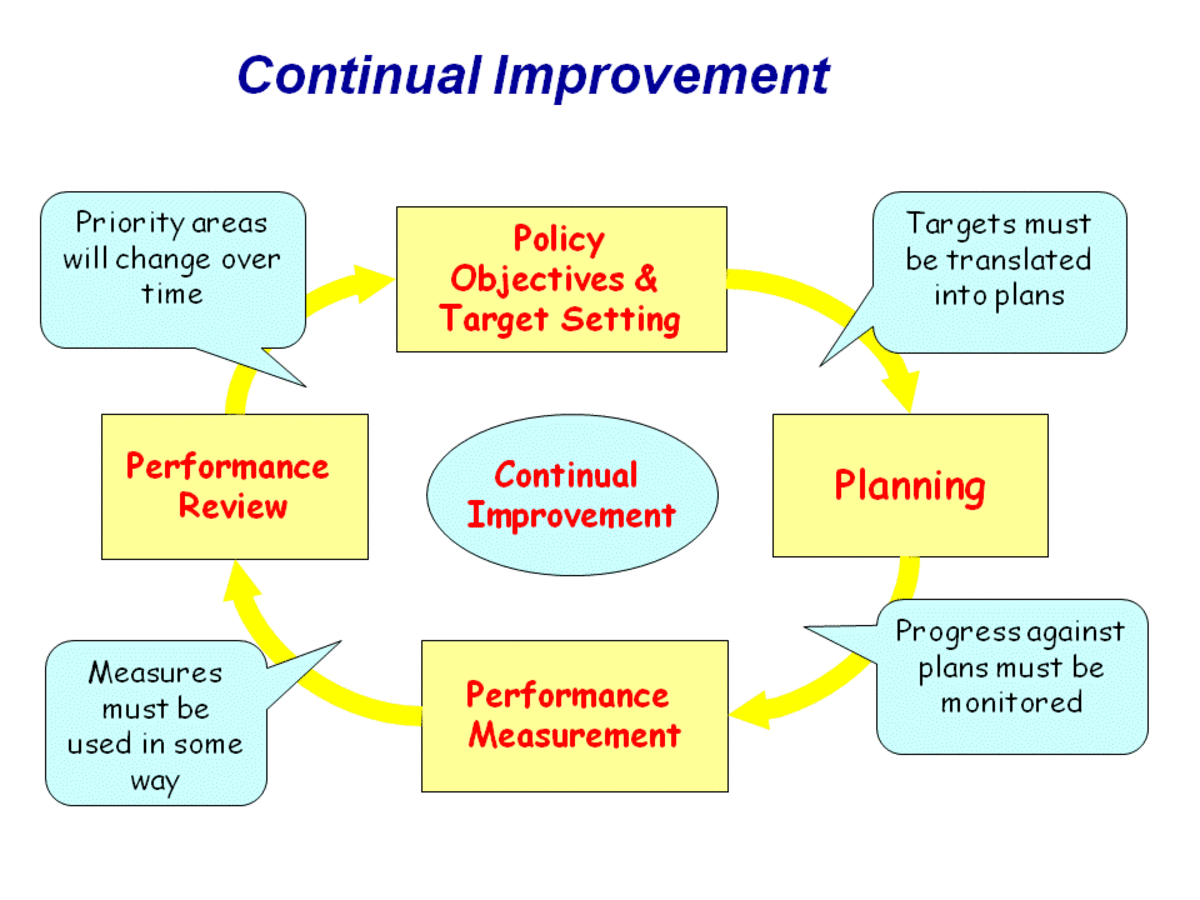Six Sigma Standards
Six Sigma is well known as a process improvement methodology with the over-arching goal to achieve Six Sigma quality. Six Sigma quality is achieved when a process generates 3.4 defects per million opportunities or per million products or fewer.
The ISO and ASTM International have issued industrial standards related to Six Sigma. However, there are no ANSI International standards regarding Six Sigma, though ANSI has issued other quality standards.

ISO Six Sigma Standards
ISO 13053 is the ISO standard for quantitative process improvement, including Six Sigma. ISO 13053 part 1 calls for the five step DMAIC process improvement process.
ISO 13053-2 or ISO 13053 part 2 outlines the approved tools and techniques to achieve process improvement.

ISO 9001 Versus Related Six Sigma Standards
ISO 9001 is a quality management system calling for gradual and improved quality product. ISO 9001 and related standards mandate quality monitoring documented quality management processes and the auditing of quality systems.
ISO 9001 does not mandate Six Sigma quality levels, with 3.4 defects or fewer per million opportunities. However, ISO 9001 can help companies verify and maintain Six Sigma quality levels. Six Sigma projects using the DMAIC methodology authorized in ISO 13053 can help companies bring their defect rates down to Six Sigma levels.
Related ISO Quality Standards
ISO does not have a formal standard for lean engineering. The closest thing to a standard for Lean engineering is ISO 18404. ISO 18404 is a standard under development related to the competencies of personnel in Six Sigma and Lean implementations.
ISO 10006 gives guidelines for applying quality management principles to projects. This standard is separate from the ISO 9000 quality management system standards.
ISO 3534 was the ISO standard for statistical terms and symbols. ISO 3534 was withdrawn in 1993.
ASTM Six Sigma Standards
ASTM E2691-11 is the ASTM standard for job productivity measurement or JPM. Job productivity measurement measures the productivity of building elements and labor usage to a standard reference point. ASTM E2691 is considered a standard for Six Sigma in construction.
ASTM E2281-08A outlines the process for calculating the process capability index or PCI. The process capability index measures how well a process fits its upper and lower control limits. A process capability index of 1 is equal to a 3 sigma quality level, where roughly 95% of all product falls within the specification limits. A six sigma process has a process capability index of 2.00 or higher.
Related ASTM Quality Standards
ASTM E456-13 describes the formal definitions for quality and statistical terms used in other ASTM standards. ASTM E2587-10 describes the standard use of control charts for statistical process control or SPC.
ASTM E178 gives ASTM International’s guidance on handling outlying observations. These outliers may reveal a process that is out of control, produces a wide range of product or represent a single explained event.
ASTM E178-08 describes when they may be an extreme random case or statistically significant and when to include it in statistical analysis. Without this process, too many outliers may be excluded from calculations of the process average and variability. This in turn gives an overly optimistic view of quality generated by the process while the statistically based control limits will be violated more often than expected.
ASTM E2586-12A gives ASTM’s standard practices for calculating various statistics. These basic statistics include the median, minimum of a data set, maximum of a data set, the Z-score and standard deviation. ASTM E2586 also outlines the approved process for creating graphical plots like histograms and normal probability plots.
This article is accurate and true to the best of the author’s knowledge. Content is for informational or entertainment purposes only and does not substitute for personal counsel or professional advice in business, financial, legal, or technical matters.






